I wrote a few posts about China’s Xia and Shang Dynasties in December. But we’ll get very ancient here and explore an even earlier period and find some of the origins of Chinese culture.
The agricultural way of life, which China’s Confucian tradition has honored, became common along the great rivers during the Yangshao period. It began around 5000BCE–4,500 years before Confucius taught. So we’ll travel way, way back and see how Chinese culture originated.
Here are some facts and maybes about the Yangshao period:
1. The first scientifically excavated Neolithic site in China was discovered at the village of Yangshao in Henan Province in 1921. The term Yangshao first referred to Neolithic cultures in central China. It was then generalized to sites all over China that thrived from 5000 to 3000 BCE.
The above vase is from the Daxi culture, which existed in Sichuan around 5000BCE.
2. The Yellow River valley became the center of millet growing, and people along the middle and lower Yangtze farmed rice. Farming became the main way of making a living in many villages along the two great rivers, and the Liao River in the northeast (in Manchuria).
3. Zhang Zhongpei, in The Formation of Chinese Civilization, wrote that trade between the Yellow and Yangtze rivers became common during the Yangshao period. New developments in technology and culture could thus spread, and there were many new developments.
4. Several new technologies and art forms emerged or spread during the Yangshao period. Yangshao ceramics are known for red vessels with black designs painted on them. Many, like the above vase, have abstract curves that convey a sense of flowing energy.
These vases make the eye move around the vessel, and some gracefully transition between thick and thin dark and light surfaces as though they’re proto Yin/Yang patterns. Were Yangshao potters already thinking in terms of holistic energy flows? This was long before writing emerged, so this is only a maybe. Whatever the painters thought, their designs finely balance power and elegance.
But the Banpo culture in Shaanxi Province (near modern Xi’an) divided interiors into quarters for 2 pairs of images, which often included fish (above), animals and people. Though both traditions were different, they emphasized polarities and harmonized them into one pleasing design–another proto Yin/Yang trait.
Some Yangshao cultures, including the Banpo, began using potter’s wheels.
Other new industries emerged during the Yangshao period, including lacquer ware and metal. Metal wasn’t widely used until the Erlitou Culture, but small copper and brass artifacts have been found. So has an occasional bronze knife. Though people in China didn’t start to make the large bronze ritual vessels until the Erlitou period, Zhang says that they did have all that period’s main technical skills and industries..
Jade working also became common, especially in eastern China.
5. As farming developed, the population grew and larger villages spread to the coastal areas and to uplands.
So before 3000 BCE, people in China were developing many technological and cultural traditions which great later dynasties like the Shang and Han became famous for. These earlier cultures were becoming increasingly integrated in trading networks, and their populations were growing. The land was ripe for developing common cultural patterns. In the next post on the Yangshao period, we’ll see some ways that China began to become Chinese.

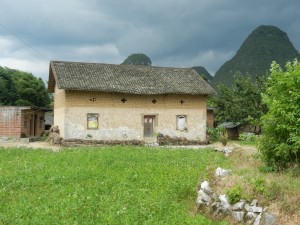
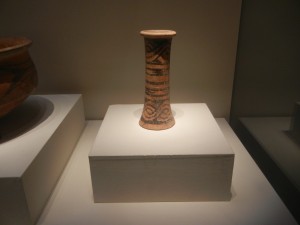
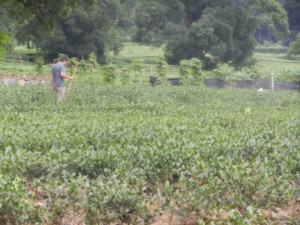
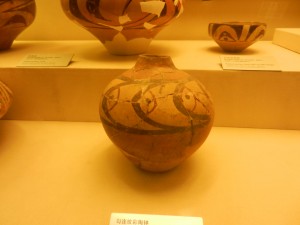
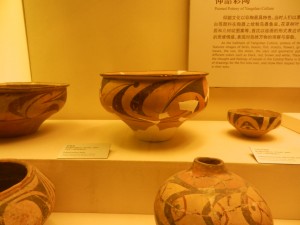
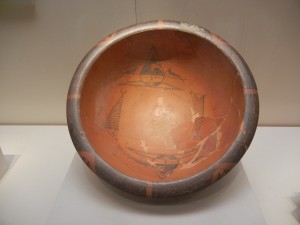
Comments on this entry are closed.